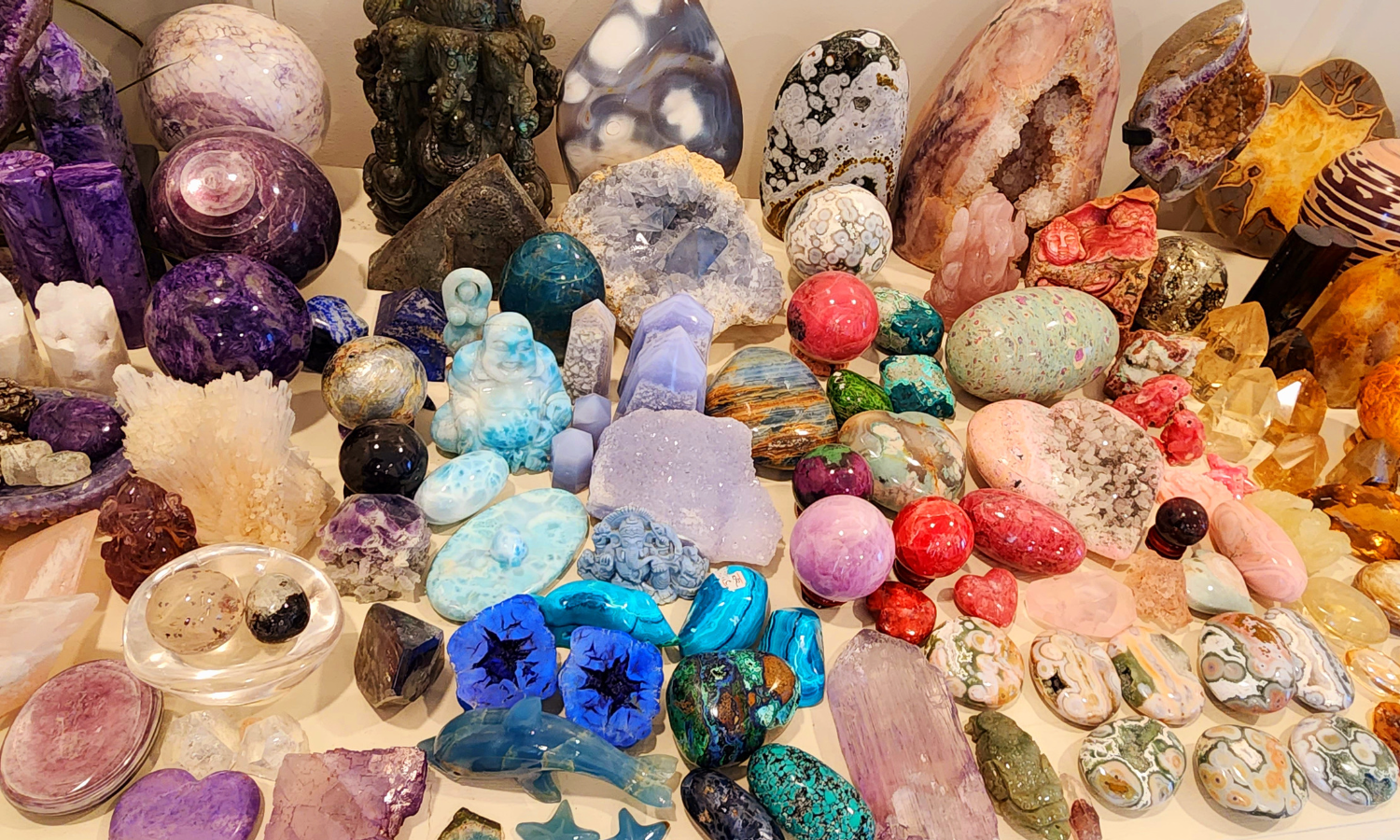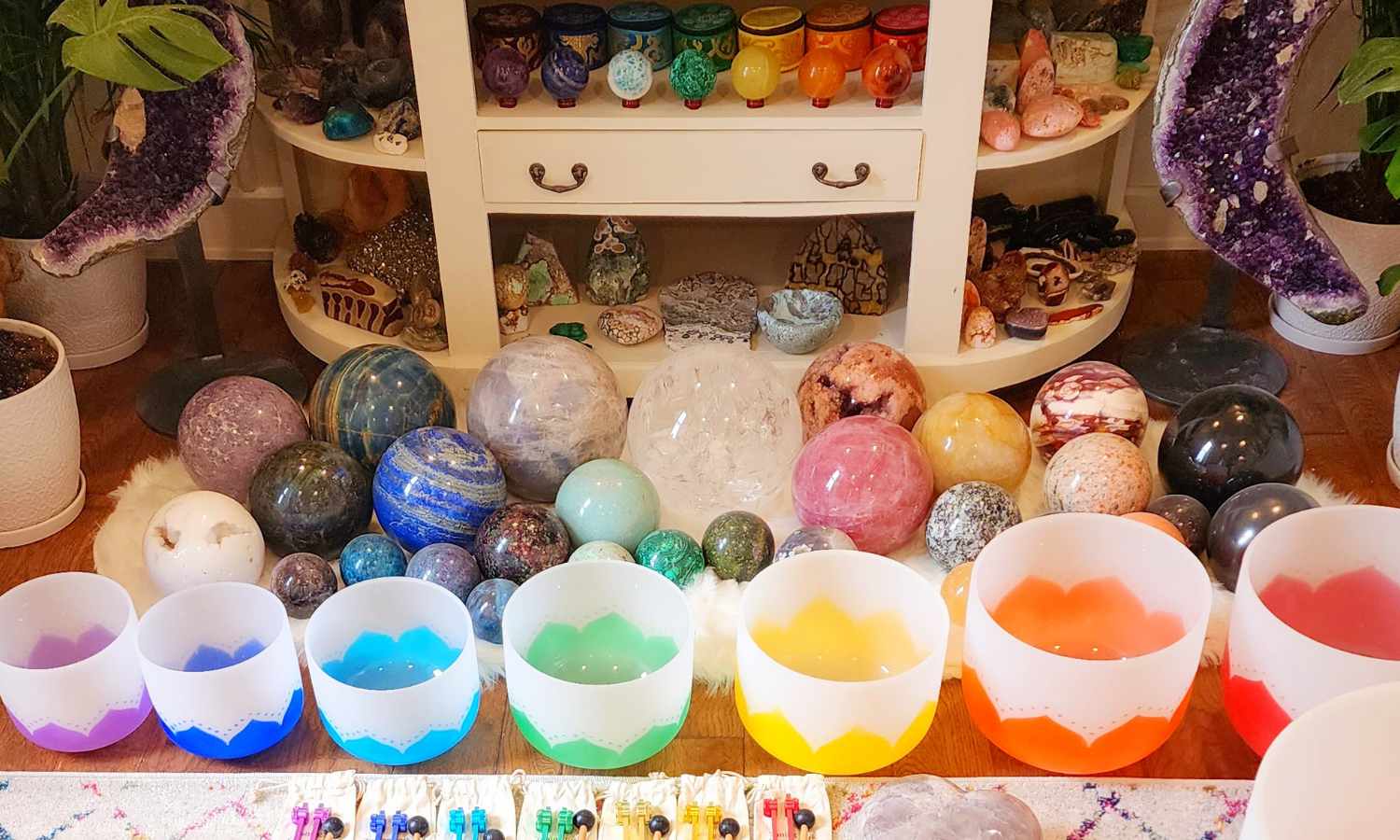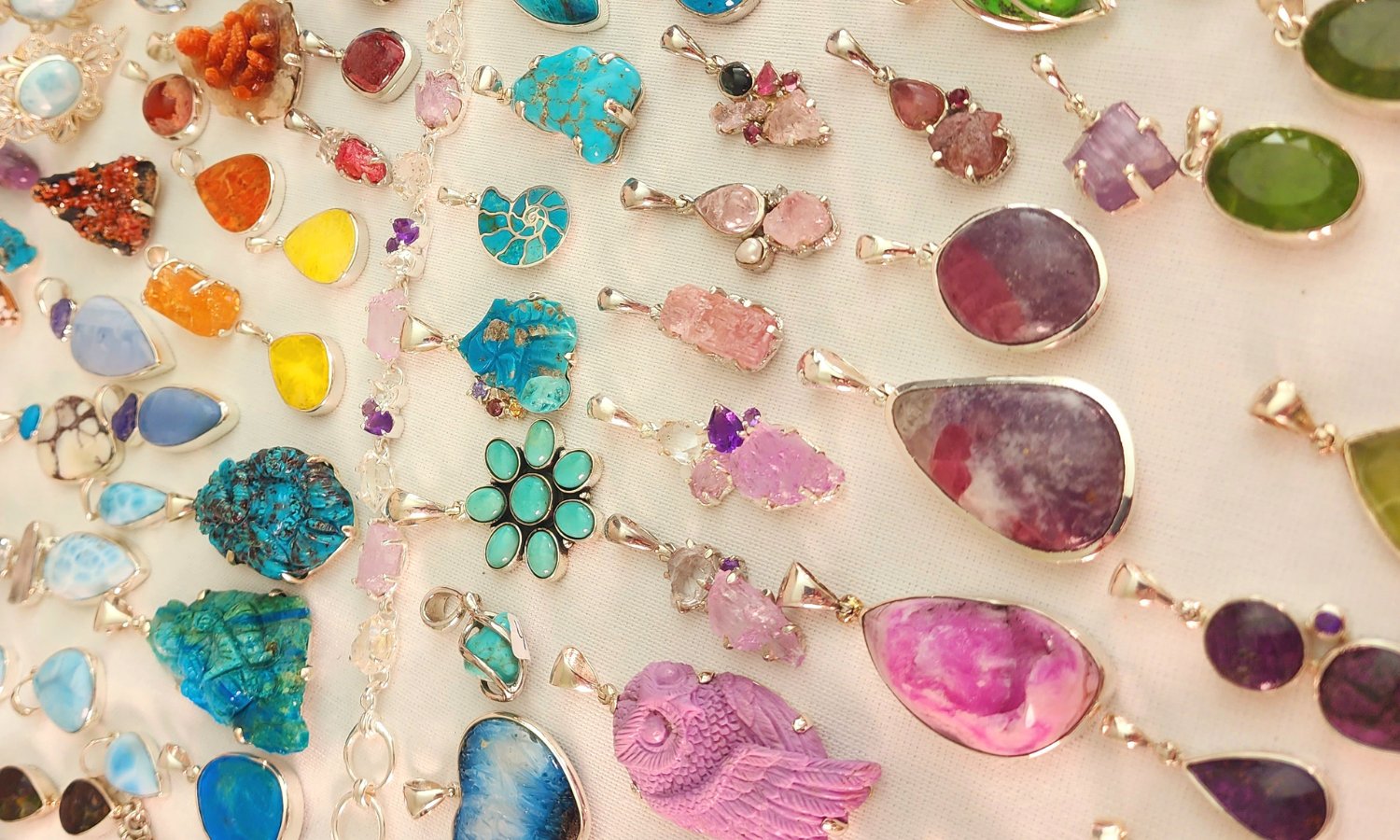
Spinel
Spinel is a magnesium aluminum oxide mineral. Its well-known for its beauty and hardness ranking of 8 on the Mohs scale, making it a stunning and durable gemstone suitable for jewelry. The color variations are due to trace elements such as chromium, iron, cobalt, and vanadium. Spinel's high refractive index (approx. 1.7) contributes to its brilliance and the ability to display vivid colors. Unlike many gemstones, Spinel has no cleavage, meaning it does not easily split along any plane, making it resistant to breaking or chipping.
The name "Spinel" is believed to originate from the Latin word "spina," meaning "thorn," referring to the sharp, octahedral crystal forms that Spinel often exhibits. Another possible origin of the name is the Greek word "spinos," which means "spark," referencing the bright, sparkly nature of Spinel crystals.
Spinel forms under high-temperature conditions in metamorphic and igneous environments. It is typically found in metamorphosed limestones, known as marbles, where it crystallizes from the high-temperature interaction between aluminum-rich fluids and magnesium-rich rocks. Spinel can also form in mafic and ultramafic igneous rocks, such as basalts and peridotites. Spinel is often found in association with other high-temperature minerals, such as corundum (the mineral species that includes ruby and sapphire), garnet, and diopside.
Spinel has been mined and used in jewelry for thousands of years, with some of the earliest known occurrences dating back to ancient times in Central and Southeast Asia. It was often found in the same locations as corundum (the mineral family to which ruby and sapphire belong) and was frequently mistaken for these more famous gems due to its similar appearance and vibrant colors, particularly in red.
In ancient Rome, Spinel was known as "balas ruby," named after the region of Balascia (modern-day Badakhshan in Afghanistan), where many Red Spinels were found. These stones were highly prized and often found their way into royal collections and crown jewels. The ancient traders did not distinguish Spinel from Ruby, leading to centuries of misidentification.
Spinel is an enchanting gem of revitalization, empowerment, and harmony. With its vibrant hues and remarkable clarity, Spinel has a unique ability to rejuvenate the spirit, restore balance, and bring profound transformation. Spinel brings emotional healing and release. It helps to clear away emotional blockages and negative thought patterns, allowing you to release old wounds and move forward with a sense of peace and acceptance.
One of the most powerful properties of Spinel is its ability to revitalize and renew energy. Spinel is known as a stone of rejuvenation, helping to replenish depleted energy reserves and restore vitality to the body, mind, and spirit. When you are feeling physically exhausted, emotionally drained, or spiritually depleted, Spinel can provide a much-needed boost of energy, helping you to feel more alive, vibrant, and ready to take on the challenges of life. This enchanting gem's revitalizing energy is particularly beneficial for those who are recovering from illness, trauma, or periods of intense stress. Spinel encourages the body to heal itself, promoting faster recovery and a return to optimal health. It also helps to clear away stagnant energy, allowing for the free flow of life force energy throughout the body.
Spinel is a stone of empowerment, helping you to tap into your inner strength and personal power. It encourages you to take control of your life, make confident decisions, and stand up for yourself in the face of adversity. Spinel boosts your self-esteem and confidence. It helps you to recognize your own worth and value, and to believe in your ability to create the life you desire. By working with Spinel, you can develop a greater sense of self-assurance and inner strength, allowing you to navigate life's challenges with grace and resilience.













































